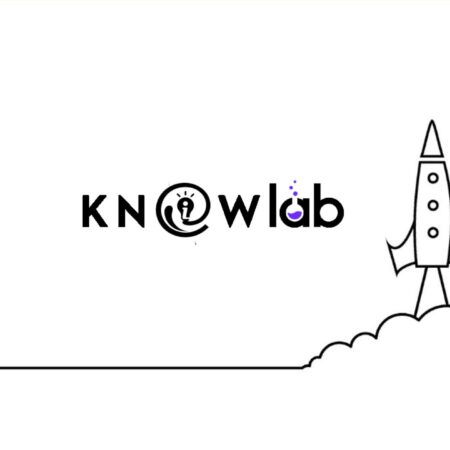 Just like any other job, content writing requires a specific set of skills and tools. There are secrets, tips, tricks and of course, big help from specialized software.
Just like any other job, content writing requires a specific set of skills and tools. There are secrets, tips, tricks and of course, big help from specialized software.
Whether you’re writing for yourself or you want to start working as a content writer, here are some starting points to guide you in the right direction.
Sometimes in our journeys, we stumble upon very simple things, or at least apparently simple. There’s no lie, sometimes it doesn’t feel like there is going to be a light at the end of the tunnel, but with enough perseverance, you have all the chances of creating something for yourself!
Content Writing For Beginners
1. Headlines and headings
They are probably the most important pieces of content and must be used correctly. Even though their names are similar, they are not the same. The headline is the article’s title, whereas the headings are the HTML tags.
The headline should act as a hook, to make the reader follow up on the link. It should contain the main keywords and no more than seven words. In terms of SEO, a wordy title will not be properly found. On your page, it acts like a “H1” heading.
The headings, or the HTML tags serve a great purpose. They are marked as “H2,” “H3,” “H4,” etc. Their job is to assure the on-page SEO. This means that each of them must be optimized in a certain way.
The main keywords will go in the H1 tag (the headline). The H2 tags should contain similar keywords or synonyms. Starting with the H3 tags, it’s more about the hierarchy, rather than optimizing. Your articles will usually be drafted using these headings.
In SEO, we don’t only talk about keywords, but about structure too. Google will analyze your headings, structure, tags and slugs and will index and show it accordingly. That’s why a long, unstructured text is never preferred, and that’s why Yoast SEO makes us insert a header every 300 words!
2. Readability
The readability is an important aspect of any article. When a visitor goes through your article, he must quickly find what he needs.
To achieve that, we use short paragraphs and sentences, correct headings, bullet, and numbered lists and of course, software to help us.
If you are using plugins like Yoast SEO, it will tell you if your paragraphs are too long, if you are not using enough subheadings or transition words and if you are writing in the passive voice.
Now, don’t be scared about the passive voice. Sometimes, if you are writing medical or technical articles, you will need to use it. It’s important to consider your audience.
Personally, I believe the Yoast guidelines are a little outdates, but we’ll get into that another time, when I’ll specifically say why.
3. Topic
Different topics need different writing styles, different keywords, and different wording.
Your main keywords need to be distributed in your text. In order to avoid stuffing, use synonyms and don’t worry about the keyword density. Your blogs are meant to be useful for the people. Stuffing with keywords may get your precious content blacklisted by Google, and that’s not something anyone wants.
Stay on your topic and don’t get lost in the details. Make a draft and modify it as much as you need. It’s ok to ask for help and use inspiration, but make sure to give the appropriate references.
If you don’t know what to write about, make a quick brainstorm about your niche. You will find that subjects you already wrote about may lead to more and more interesting topics.
Also Read: Layman’s guide to Website and How the website works
Online Tools For Bloggers and Website Owners To Know Everything About a Website
4. Word Count
The word count is important for the topic you’re writing, but also for SEO. Your content should have at least 300 words to be ranked, and 2500 at most.
Chances are, you won’t create content under 300 words on a topic, as only the introduction and conclusion will have around 100. In time you will learn what’s the length of your post without consulting the stats!
What’s excluded from these calculations are the pillar posts. They are general pieces of information that are supposed to link to and from many other articles.
A pillar post can easily reach 5000 words, the SEO will be a little more complicated to put together and you will need a content table to easily access the needed part of the article.
5. Proofreading
I know the argument, websites usually have editors. Well, the editor’s job is NOT to proofread. He optimizes the pictures, modifies the headlines into more attractive ones, sets up the snippets and publishes the article.
You, as a content writer, should have all the content prepared and free of spelling, grammar, and punctuation mistakes.
If you want to make sure that your content is flawless, you can try using Grammarly. They have a free version that will correct most grammar mistakes and also offer you stats about your texts.
6. Practice
Yes, as in anything else, you need to practice. Your vocabulary will expand, you will learn to rephrase the same sentence in 10 ways and you will start working less time, for more money.
Don’t be afraid to start from the bottom. Depending on your willingness to write, you can get from beginner to intermediate in a very short time.
The biggest experts started somewhere, and content writing can be a wonderful job, especially if you have a passion for it!




